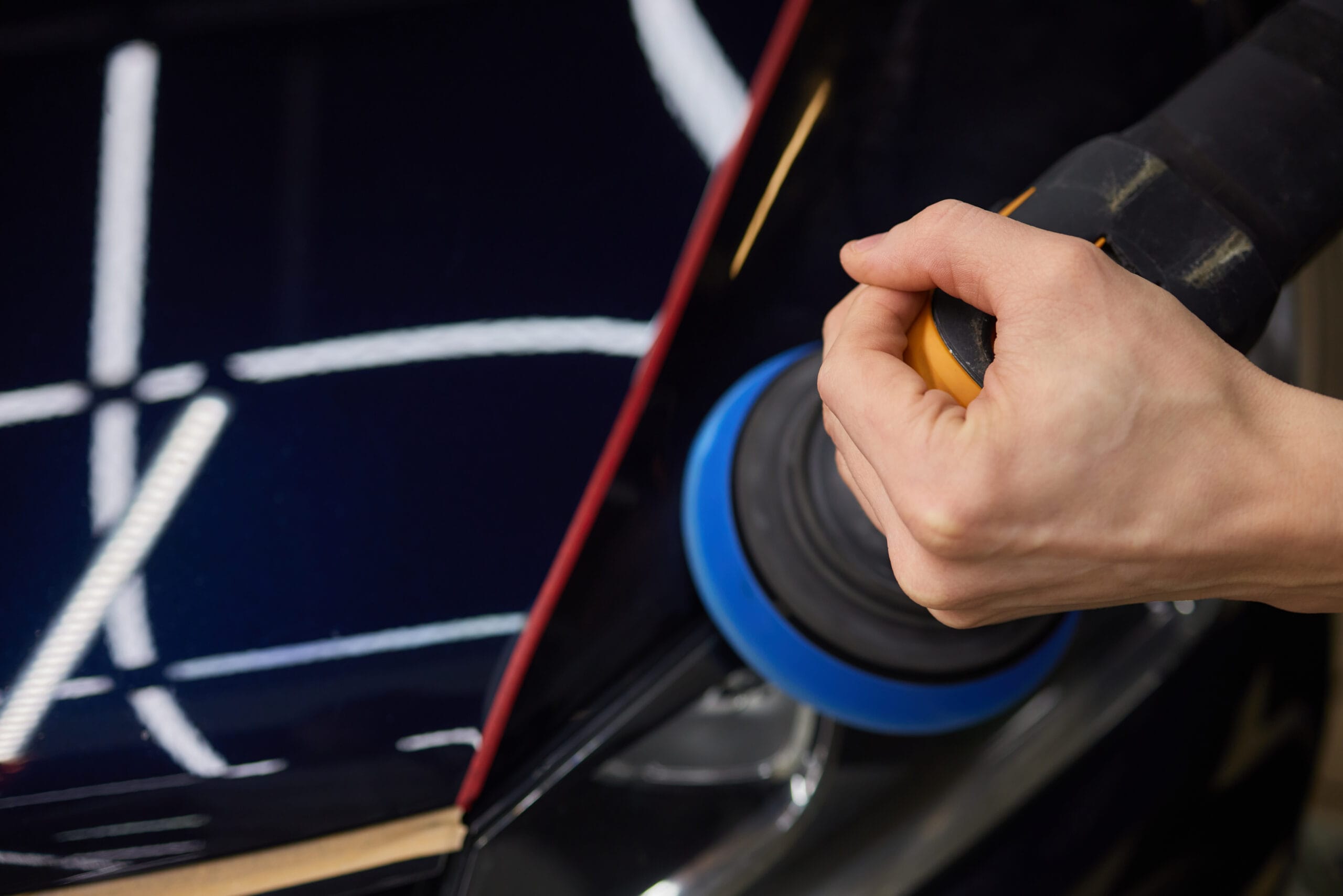When we talk about ceramic coating for cars, the spotlight is usually on paint protection. However, a growing trend in the detailing world is applying ceramic coating to headlights and glass surfaces. While it might seem like a minor detail, this small add-on can deliver significant benefits for your car’s safety, clarity, and maintenance.
So, is ceramic coating for headlights and glass worth the extra investment? Let’s dive deep into what it does, how it works, and whether it’s a smart addition to your vehicle care routine.
What is Ceramic Coating and How Does It Work?
Ceramic coating is a liquid polymer applied to surfaces that chemically bonds with factory paint, glass, or plastic. When cured, it creates a hydrophobic (water-repellent), glossy, and UV-resistant layer. On glass and headlights, it creates a slick, invisible shield that resists dirt, water, oxidation, and minor scratches.
Why Headlights and Glass Matter
Headlights and glass are critical to visibility and safety while driving—especially at night or during inclement weather. Over time, exposure to sun, UV rays, acidic rain, dust, and road debris can cause:
- Fading and yellowing of headlights
- Etching and water spots on windshields and windows
- Scratches from wipers and hard water stains
- Reduced clarity, which impairs visibility
These aren’t just cosmetic issues—they can be dangerous if left untreated. That’s where ceramic coating steps in as a preventive solution.
Benefits of Ceramic Coating for Headlights
1. UV Protection
Headlights, particularly those made of polycarbonate, are susceptible to oxidation. Over time, this results in yellowing, fogging, and diminished beam intensity. Ceramic coating blocks UV rays, significantly delaying this aging process.
2. Prevents Yellowing and Cloudiness
The ceramic layer acts as a protective barrier, preventing dirt, road grime, and contaminants from embedding into the headlight surface.
3. Improves Night Visibility
Clearer headlights mean brighter illumination on the road. A ceramic-coated headlight ensures that the lens transmits the maximum amount of light, improving night-time safety.
4. Easier Cleaning
Dust and debris don’t bond easily with ceramic-coated surfaces. Bugs, tar, and dirt can be wiped off quickly without aggressive scrubbing.
5. Reduces Maintenance
Since the surface stays cleaner longer, there’s less need for polishing, restoration, or headlight replacement over time.
Benefits of Ceramic Coating for Windshields and Windows
1. Superior Water Repellency
The most noticeable effect is hydrophobic behavior. Rainwater beads and rolls off the windshield, improving visibility without needing the wipers as frequently.
2. Anti-Stick Properties
Dust, bugs, bird droppings, and hard water stains don’t stick easily to the glass. Cleaning becomes fast and scratch-free.
3. Improved Driving Safety
During heavy rain, ceramic coating minimizes blurred vision, reducing glare from headlights and street lights.
4. Protection from UV and Chemical Damage
It acts as a barrier against acid rain, pollutants, and mineral deposits, preventing etching and pitting on your glass.
5. Wiper Efficiency and Longevity
Since the glass is smoother, wipers glide more effortlessly, reducing wear and tear and extending wiper life.
Application Process: What’s Involved?
Ceramic coating application on headlights and glass follows these general steps:
- Thorough cleaning of the surface
- Decontamination with clay bar or IPA wipe
- Polishing (if needed) to restore clarity
- Application of ceramic coating in a cross-hatch motion
- Leveling and curing time depending on the brand (usually 4-12 hours)
You can DIY with consumer-grade products or go for a professional application for stronger formulations and durability.
Cost Factor: Is It Worth the Add-On?
Ceramic coating packages often offer headlight and glass coating as an optional add-on, usually ranging from ₹1,000 to ₹3,000 for headlights, and ₹2,000 to ₹6,000 for glass, depending on the vehicle and the coating brand.
When you consider the cost of restoring foggy headlights or replacing damaged windshields, this one-time expense can actually save money long term.
Durability and Maintenance
- Headlights: Typically lasts 12 to 24 months depending on environmental exposure and coating quality.
- Glass surfaces: Can last 6 months to 1 year for consumer-grade products, and up to 2 years with professional coatings.
Maintenance tips:
- Avoid abrasive cleaners or harsh sponges.
- Use pH-neutral shampoo and microfiber cloths.
- Refresh the coating every 6–12 months if needed.
Myths Debunked
Myth 1: “Ceramic coating on glass affects wiper performance negatively.”
Truth: If applied properly, ceramic coating improves wiper glide and doesn’t hinder performance.
Myth 2: “Only paint needs protection.”
Truth: Headlights and glass are exposed to just as many external threats as paint and benefit equally from protective coatings.
Ideal Conditions for Ceramic Coating Headlights and Glass
- After a new car delivery (to lock in factory finish)
- After restoring oxidized headlights
- Post windshield replacement
- During monsoon season or if living in coastal/high-dust areas
- For frequent highway drivers, who face higher bug and debris impact
Who Should Consider This Add-On?
- Car owners in high UV or coastal zones
- Those with premium vehicles
- Night or long-distance drivers
- Enthusiasts wanting that extra clarity and detail
- Anyone aiming for low-maintenance car care
Conclusion: Is It Worth the Add-On?
Absolutely.
Ceramic coating for headlights and glass may seem like a minor add-on, but its impact on visibility, safety, cleanliness, and durability is major. Whether you’re protecting a brand-new vehicle or restoring an older one, this small investment goes a long way in maintaining performance and appearance.
If you’re already investing in paint protection or full detailing, don’t skip over the glass and lights—they’re just as important for your driving experience and vehicle longevity.

